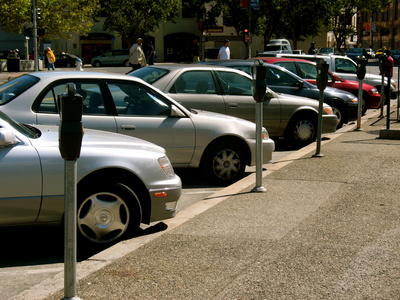
Constant-velocity (CV) joints sit on either end of the drive shaft on front-wheel drive cars. They allow for up and down motion and bend in any direction when steering.
Because CV joints are always in motion when the car is moving, they are susceptible to damage. The joint is covered with rubber that deteriorates with age. Sometimes if the car hits a bump suddenly or is in an accident, the joint can break suddenly.
If the CV joint breaks, the car will not be able to run. The CV joint transfers torque from the drive shaft to the wheels, necessary for motion.
You can tell a CV joint is damaged because the car will make a clicking or popping noise coming from the vicinity of the wheels. The noise will be louder or more obvious when making sharp turns.